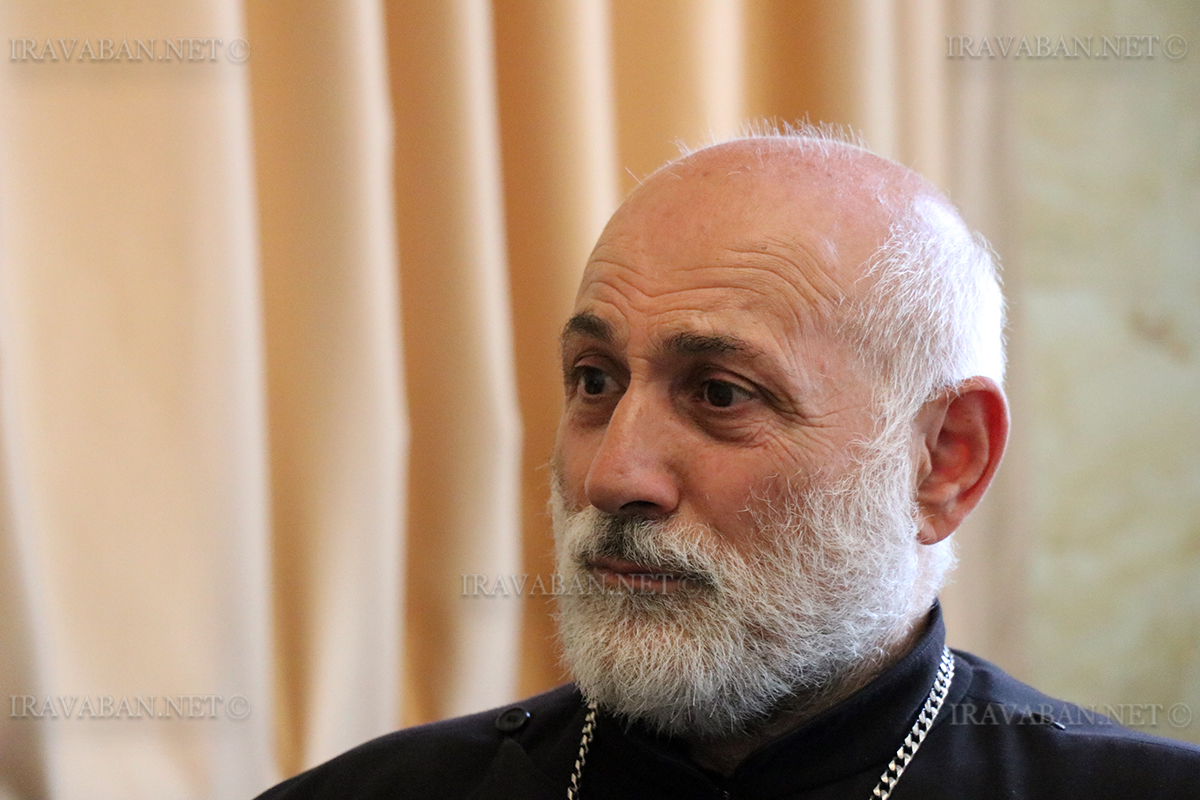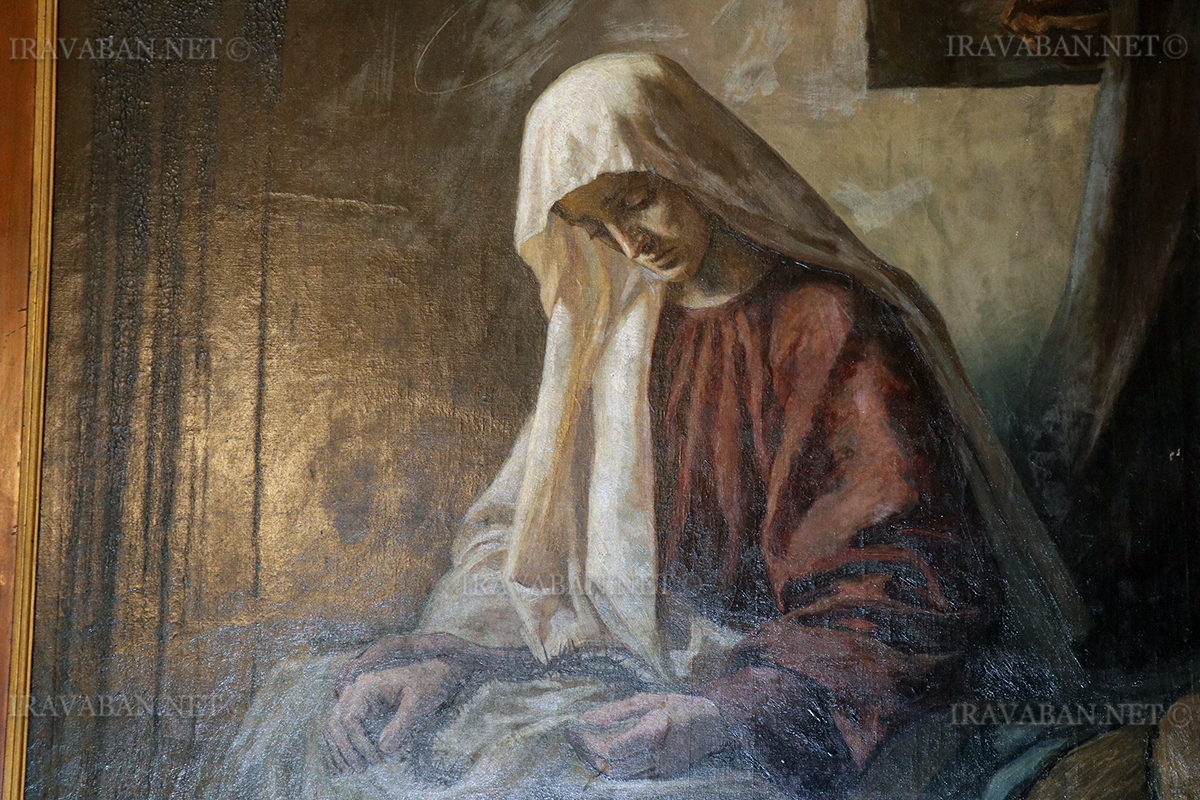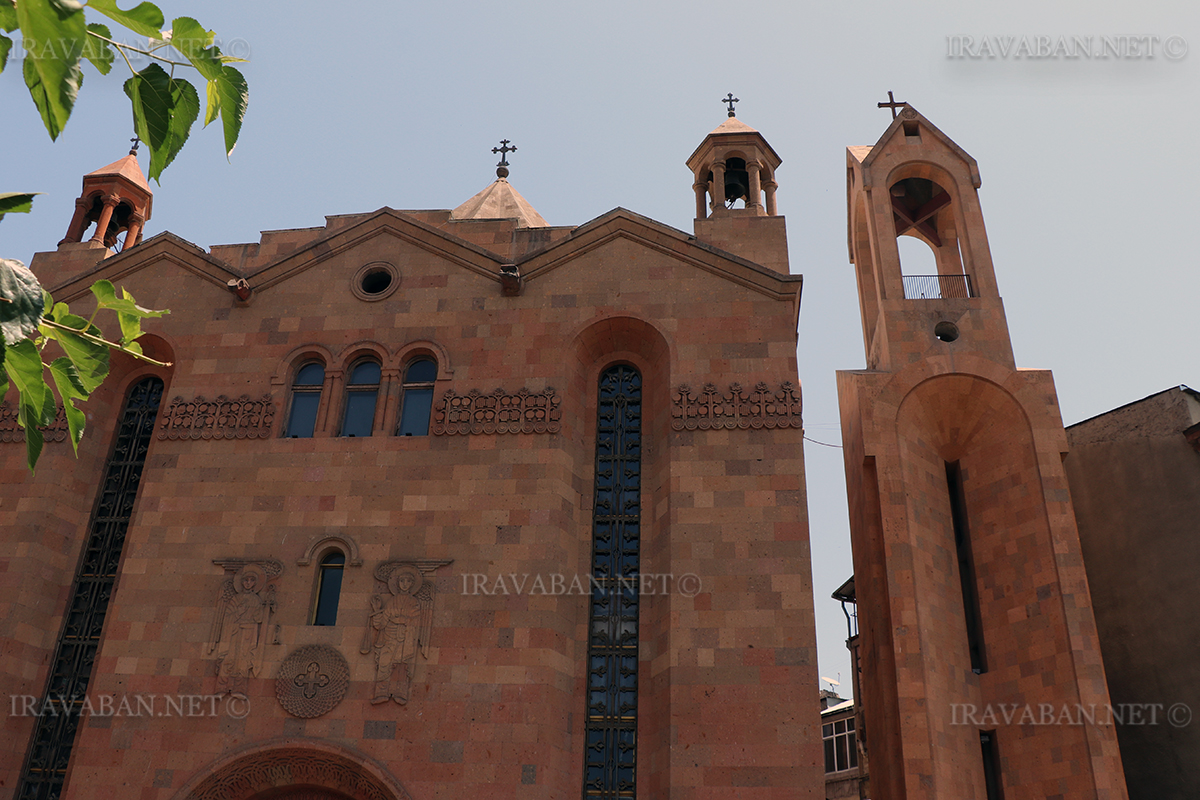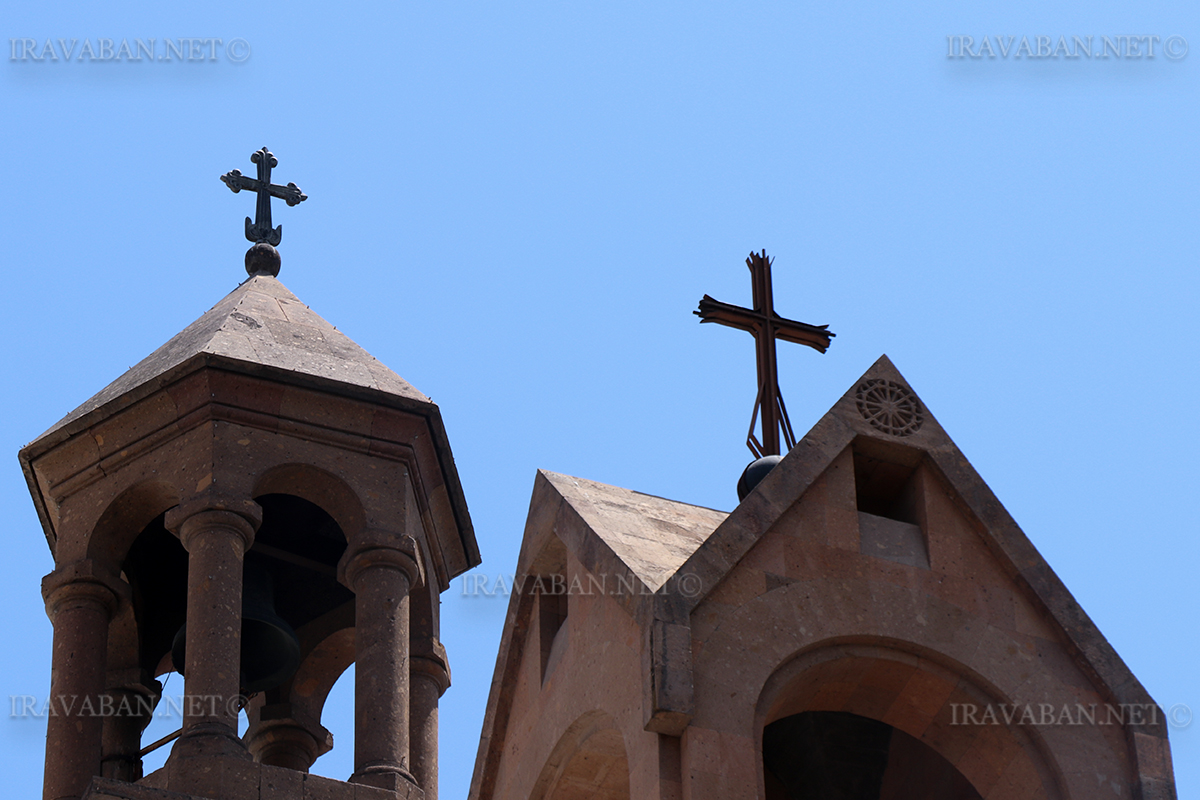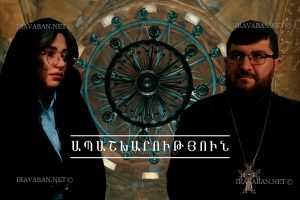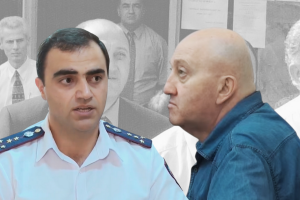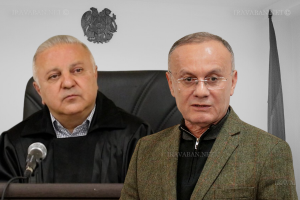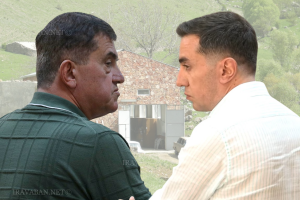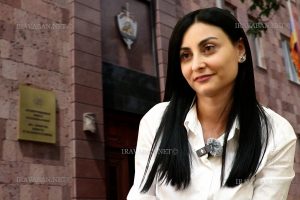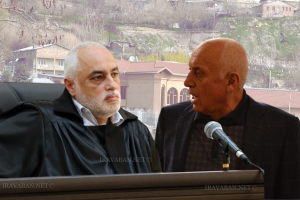Within the framework of “The Church and the Law” series of interviews, Iravaban.net talked with Father Shahe Hayrapetyan, the priest of the Ararat St. Sargis Vicarial Church of the Ararat Patriarchal Diocese in Yerevan, about the church hierarchy, distinguishing between married and celibate clergymen and renaming the clergyman during ordination.
– What is the strict hierarchy, what church rules are regulated by it?
– Source studies go back centuries. We also see the hierarchy in the Old Testament. Dionysius the Areopagite in the first century speaks of the heavenly priesthood and describes the hierarchy of heaven, from God to the angels, and transfers it to the church, that is, from the Catholicos to the people. As in heaven, the Holy Trinity, then comes the See of the Throne, the Serafim and the Cherubims, the state, the authority and the archangels, the angels, as well as the Catholicos, the bishop, the doctrine, the priesthood, the deacons, the scribes and the people. This is a reflection of the kingdom of heaven.
The head of the church is Christ, as in heaven. The Catholicos is the representative of God; his every word is the outpouring of the Holy Spirit for us.
– In what order is it given? Does it effectively ensure the management of the church?
– Our church order to communicate with each other is called hierarchy. In other words, our church is divided into a married, celibate priesthood, but the main issue is the priesthood, because the Catholicos and the bishop also have the right to hold liturgies.
– At what age does the process of becoming a clergyman begin?
– If we look at the course of the 19th century, we will see that it starts from the cradle, because the nannies sang psalms. The child went through those classes at the parish school, when he finished school he became a deacon, then he decided whether to become cleric or not. Now it is clear that he must have finished school and have the appropriate education to enter the seminary. Ordination takes place after the age of 30, as a rule.
– What is the path of the cleric? How is it decided that the level of the clergyman should be raised?
– For example, a married priest is the same priest forever, until he dies. The existing celibacy is monasticism, then doctrine, but in order to become a monk, one must have a degree, that is, as in case of obtaining of academic degree, the monk must submit a paper for his doctoral degree, and only then be anointed, ordained, and then become a bishop according to his merit. And then God will open it to the Catholicosate.
– How can we differentiate between married, celibate clergy?
– During the rites, they can be distinguished, if he is a celibate, he definitely has a veil, which closes his eyes and ears, and the married priest is more in touch with the people. Most monks are praying for the people, the world, peace, mercy, justice, holiness.
– How to apply to the clergy?
The deacon is addressed as a benevolent deacon, and married priests are addressed as “Bless Holly Father”. In case of a celibate, up to the Catholicos we say “God help”, and we address the Catholicos, “God help Your Holiness”.
– Why do clergymen get new names during ordination?
– It comes from the Old Testament! For example, Abraham was Abraam, but God changed to Abraham. Already in the New Testament we see that Christ gives his disciples new names.
– Thank you for the interview. Bless Holly Father.
– God bless:
Details in the video.



